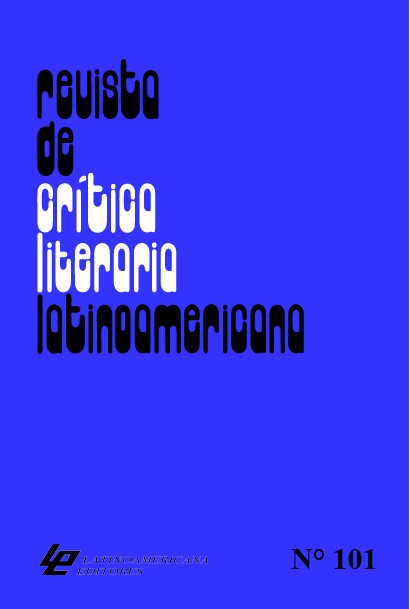The Qhashwa of Canas: ontological analysis of a propitiatory rite among the K'ana peoples of Cusco
Keywords:
Qhashwa, Canas, Andean ontologies, cosmopoetic, liminalityAbstract
This paper analyses a corpus containing ten pieces of the musical genre called ‘qhashwa’, collected in the Quehue district of the Canas province in the Cusco region. The qhashwa consists of a propitiatory dance and song of a ritual nature performed in counterpoint by men and women, which during the pre-Hispanic and early colonial era were used to celebrate various forms of tinkuy —‘meeting’ in runa simi— and were carried out during the rainy season. Later, under colonial domination, its performance was institutionalised and accommodated around a handful of specific Christian calendar celebrations such as CruzVelakuy (May 3) and San Juan Bautista (June 24) in Checca and the octave of the solemnity of the Lord of the Exaltation (September 21) in Quehue. The qhashwa in its different forms is performed in the highland provinces of Cusco with the charango, mandolin, chillador, bandurria and pinkuyllu, instruments exclusively played by men. As can be seen, the place of enunciation of the poetic self in the dialectic of the qhashwa is not limited to human beings, but eventually also assumes diverse non-human ontologies such as the Apu-s and wak’a-s of the Andean ‘landscape’ and cosmosocial territory.





